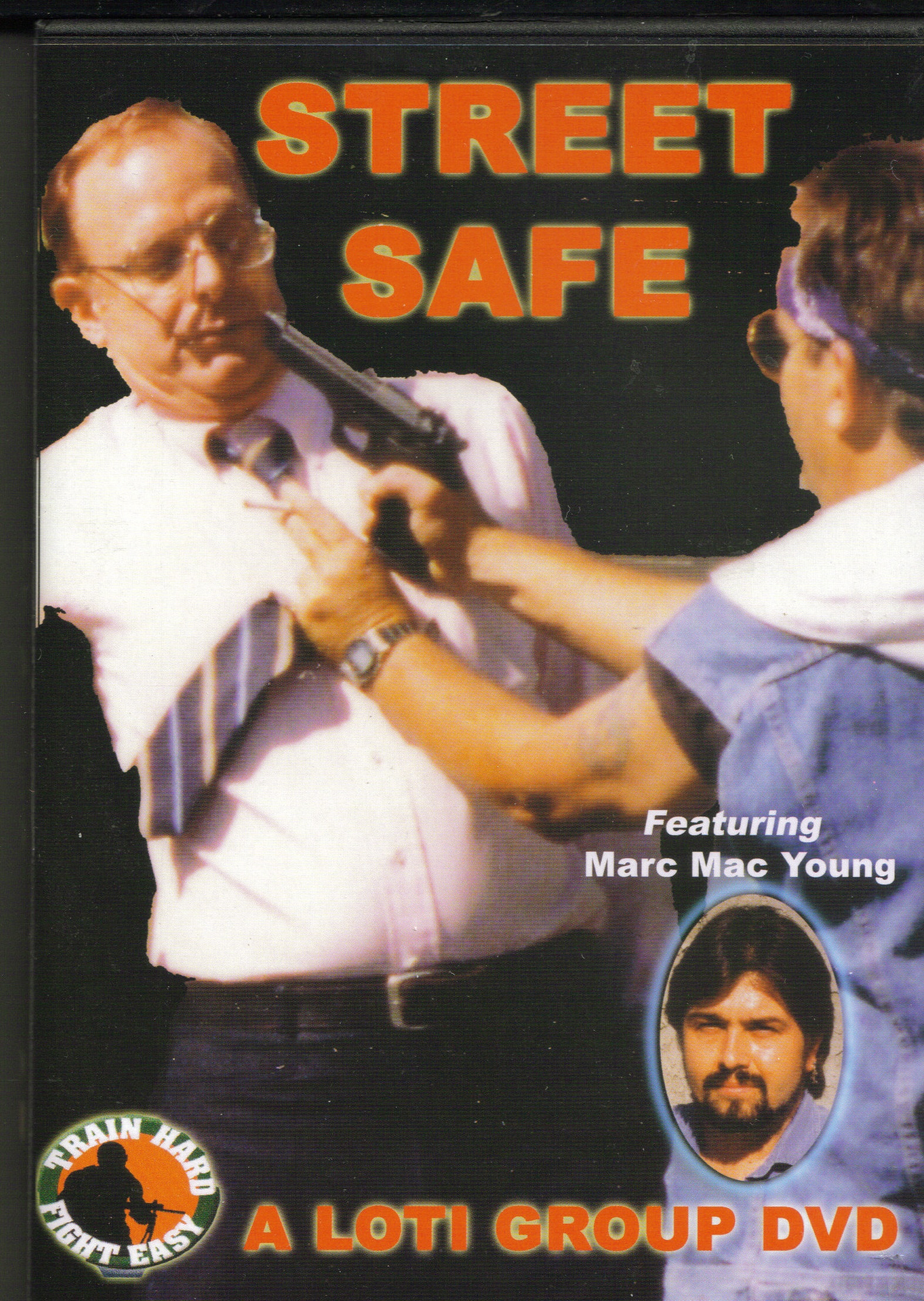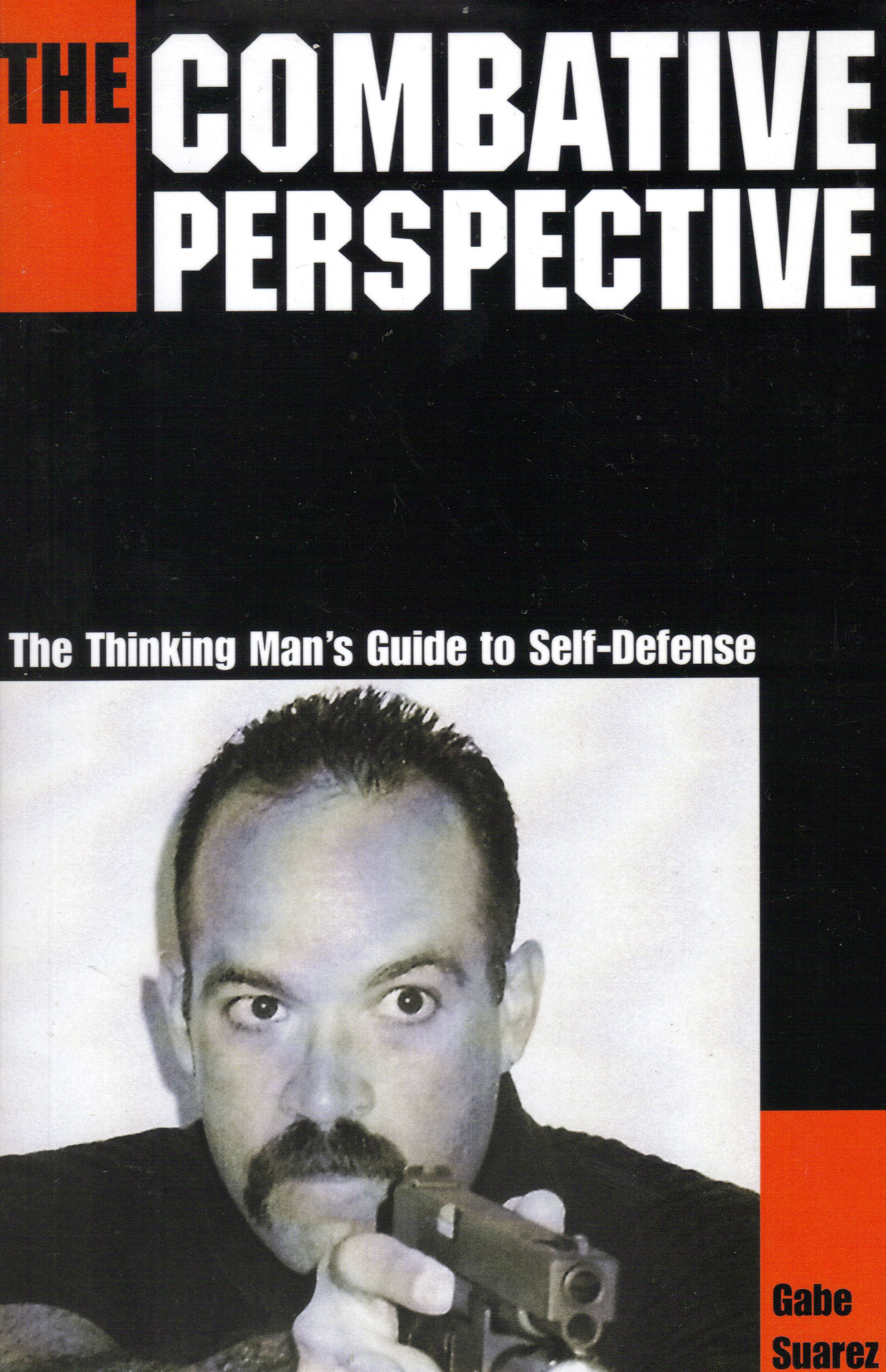Marc MacYoung?
Dianna Gordon MacYoung?
Animal E-list
Crime Avoidance Lectures
Crime Blog
Colorado Classes
Contact Us
FAQs
Hosting A Seminar
Crime Prevention
Expert Witness
Knife Defense
Law Enforcement
Martial Arts
Military
Movie Consulting
Women's Self-Defense
Links
Our Linking Policy
On-line Store
Train with MacYoung
Testimonials
Terms of Use
Topics
of Interest
A.I.A.O. = Adapt, Improvise
and Overcome
The unofficial
Marine Motto
Walking on Ice
On this page:
That's Ice You're Standing On
The following analogy might not make sense to those who live in warmer climates. However, it makes a great deal of sense to those who live where it snows. You normally walk a certain way ... and you do it without much thought or attention to the process.
But do you walk the same way when you are on ice?
Obviously not, because if you did you'd slip and fall. When you find yourself on ice (or any slippery surface) you change how you move to lessen the chances of falling. Now granted people who live in places where ice and snow is common shift into this movement pattern easier and with more comfort than those who are just visiting, but even they change their movement patterns on ice.
That's Ice You're Standing On
In many ways high risk behavior can be likened to
walking on ice. These are not 'normal' circumstances.
Something has changed. Whether that is the
emotional state of those involved, the
social circumstances, you are unexpectedly facing
with
someone who isn't nice or a person you know has
suddenly shifted into an
aspect of himself you never expected to have
directed at you, things have changed.
As such: You must change your behavioral patterns to adapt to the circumstances. If you don't or, you insist on an unwise course of action, then the results are usually ugly.
Often people react to a situation out of habit. Habits based on whatever particular set of circumstances they normally function in. And quite frankly, under those other operating conditions, those reactions work. However, many people don't recognize when the situation has changed. In these new circumstances those habits are no longer appropriate or effective. In fact, they can actually increase your danger in the new circumstances.
A bit of imagery might help you to understand. Imagine someone running on an indoor track. Something happens and without realizing how drastically things have changed the person finds him/herself -- without breaking stride -- running on ice. What's going to happen?
Crash. Boom. Bang.
While that may seem like a ludicrous analogy (after all, who wouldn't notice they're suddenly outside), it's not really that far fetched. The person may realize he/she is outside, but because something else has been given priority the danger hasn't sunk in yet.
For example if someone rushed in and told the runner "Your car is on fire" the runner will bolt for the door. the danger to the car is given priority. The idea, "outside = ice, ice + running = bad idea" doesn't occur to the person until after the fall. That person was solely focused on getting out to his/her car. That priority blinded that person to the dangers.
Unfortunately, the constellation of factors where violence is probable is often accompanied by emotionally intense situations. In these circumstances it is very easy to give priority to something else other than the realization that you are on running on ice.
Going back to an analogy we made on the High Risk Behavior page, this is why it appears to people on the outside that a person ignored the posted danger signs, climbed over fences and snuck past the guards to go pogo-sticking across a mine field.
To the person involved in the high risk behavior, however, something else was more important at that moment. Whether that priority was for good reasons or selfish reasons, at that exact moment the person couldn't see those warning signs. That is why we said that both perspectives are true. One says the person willfully went into a mine field. The other says he/she didn't know it was a mine field.
Being brutally honest, it doesn't matter which analogy you use. Ice and minefields don't care about your priorities or what you think. They are what they are, regardless of what you think they are. High risk behavior become dangerous behavior if you do not modify your actions to what is appropriate for those circumstances.
But here is the good news, there is an effective response to whatever circumstances you might find yourself in. No matter how foreign they may be (at least to how you normally operate), there are 'rules' that dictate these kinds of situations.
Realizing this is the first step in safely crossing a minefield.
Putting it another way, no matter how much fun you are having, no matter how emotional or angry you are, no matter what you think your 'rights' are ... there are times and places where pogo-sticking isn't the best idea.
Having said all this, realize that once you understand there are rules that dictate whether a situation becomes violent or not, you can take control. Remember we said how a wild party girl can be safer among bikers than you going to your car in a parking lot? The reason we say that is that she not only knows the 'rules' that dictate behavior in those circles, but odds are she is more in tune when dangerous constellations are developing. When these circumstances start to form she knows to alter her behavior to what is appropriate. Recognizing the danger, she will reorganize her priorities.
The fact that all of this can be done is the good
news. The bad news is that because of any combination of
a) Inexperience
b) a conflict between your
ethics and the needs of the situation
c)
fear
d)
anger
e)
strong emotion
f) not recognizing the danger signals of a
developing crime
g) not recognizing
threat display
h) sheer selfishness and willful ignorance
i)
unpreparedness
you might not be able to shift gears fast enough to save
yourself. Therefore our advice is: IF you aren't willing
to take the time and effort to prepare, don't go there
... it can only turn out badly.
Our objection isn't that people decide to toodle off to where the wild things play. Our objection is that they willfully refuse go there prepared. And then when faced with unintended consequences of that choice they scream "I'm a victim."
Therefore, our advice is: If you're going to go play where the wild things play ... make sure you're ready.

1)This incidentally is how many people get suckered into being participants in crime rings. For example being a 'mule' for a drug dealer. What they don't realize is that they are considered an expendable asset by the dealer. The least of their worries is getting caught by the police. If they are robbed by another dealer, they could be killed. Even if they aren't they are suspected by the original dealer of ripping him off and therefore held accountable for the loss of the product. If the person cannot compensate the dealer, he/she will often be killed. Return to Text


Safe in the City
Learn More >
Order Now!

Street Safe: How to
Recognize and Avoid Violent Crime
Learn More >
Order Now!

Violence, Blunders And
Fractured Jaws: Advanced Awareness, Avoidance and Street
Etiquette
Learn More >
Order Now!

Freedom From Fear
Learn More >
Order Now!

Real World Self-Defense
Learn More >
Order Now!

The Combat Perspective: A Thinking Man's Guide
to
Self-Defense
Learn More >
Order Now!

Effective Defense
Learn More >
Order Now!
| About navigating this site | Animal List | Bibliography | Bullies | Burglary while on vacation | Classes in Colorado | Car Jacking | Children and Martial Arts | Child Safety | Criminal Mindset | Cults in MA/SD | De-Escalation | E-mail Dianna | E-mail Marc| FAQs | Have MacYoung speak about crime avoidance | Home Page | Home Defense | Hosting a Seminar | Fear | Five Stages of Crime | Knife Fighting | Legal Issues | LEO/Correctional Officer/EMS | Linking policy | Links | Martial Arts | Photo Gallery | Property Crime | Psychology | Rape | Robbery | Safe Dating | Self-Defense Training | Selling your books/DVDs on NNSD | Seminar Schedule | Stalking/Domestic Violence | Street Fighting | Terms of Use | Testimonials | Train with Marc MacYoung | Who is Dianna Gordon MacYoung? | Who is Marc "Animal" MacYoung? | Victimhood | Workplace Problems | Zero Tolerance | ||
| ? 1998-2008 No Nonsense Self-Defense, LLC. All rights reserved. |